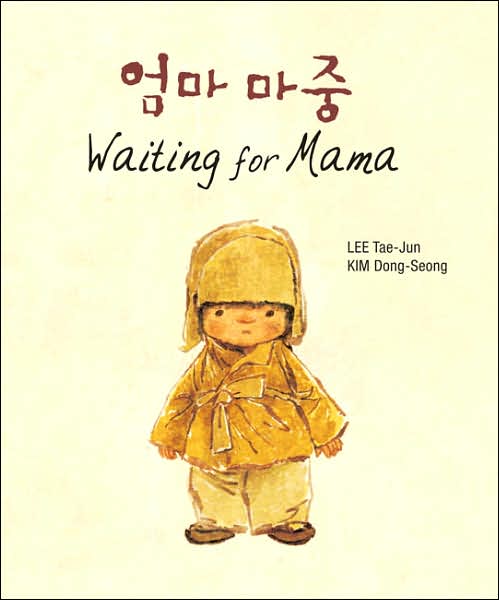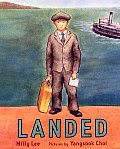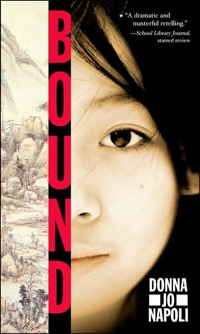by Ann Parker, The University of Arizona, Tucson, AZ
 This week I want to examine a trend that the large, conglomerate book publishers are using to sell children’s books. This trend is called branding. Branding is a marketing term for the process of creating a brand that encourages people to identify a certain product more quickly. Nike, Coke, and Microsoft are all brands that immediately evoke a particular product –- and a particular feeling about that product. With books, branding means creating other products that tie in with the book. Book publishers and sellers have used tie-ins with book characters for centuries as a strategy to make their books more attractive to the people -– adults and children -– who buy them. There is concern that this practice has gotten so out of control in the late twentieth and early twenty-first centuries that publishers have lost sight of the goal of publishing to produce good literature and have turned it instead into a commodity driven empire. Let me give you some examples.
This week I want to examine a trend that the large, conglomerate book publishers are using to sell children’s books. This trend is called branding. Branding is a marketing term for the process of creating a brand that encourages people to identify a certain product more quickly. Nike, Coke, and Microsoft are all brands that immediately evoke a particular product –- and a particular feeling about that product. With books, branding means creating other products that tie in with the book. Book publishers and sellers have used tie-ins with book characters for centuries as a strategy to make their books more attractive to the people -– adults and children -– who buy them. There is concern that this practice has gotten so out of control in the late twentieth and early twenty-first centuries that publishers have lost sight of the goal of publishing to produce good literature and have turned it instead into a commodity driven empire. Let me give you some examples.
Continue reading


 Last month, Janine Schall interviewed children’s book writer and illustrator Xavier Garza, who publishes his books in English and in Spanish because he thinks children should be exposed to their first language or to a language other than their own. More and more publishing companies, particularly smaller, independent publishers, are publishing dual language books. This week, I’d like to examine bilingual books and the role they can play in the classroom. Next week, I’ll focus on some of the outstanding bilingual books that are being published by independent publishers.
Last month, Janine Schall interviewed children’s book writer and illustrator Xavier Garza, who publishes his books in English and in Spanish because he thinks children should be exposed to their first language or to a language other than their own. More and more publishing companies, particularly smaller, independent publishers, are publishing dual language books. This week, I’d like to examine bilingual books and the role they can play in the classroom. Next week, I’ll focus on some of the outstanding bilingual books that are being published by independent publishers. Milly Lee (2006) introduces readers to Sun Lee, a 12-year old Chinese boy, who immigrates to America in the book
Milly Lee (2006) introduces readers to Sun Lee, a 12-year old Chinese boy, who immigrates to America in the book  Last week I wrote about the challenge of evaluating fairy tales for cultural authenticity and the tools that help meet that challenge. In this post I explore the question: should there be zero tolerance for cultural inaccuracies in fairy tales? I’ll by describing the process of evaluating a novel-length version of Cinderella set in China.
Last week I wrote about the challenge of evaluating fairy tales for cultural authenticity and the tools that help meet that challenge. In this post I explore the question: should there be zero tolerance for cultural inaccuracies in fairy tales? I’ll by describing the process of evaluating a novel-length version of Cinderella set in China. Because I like to travel, as I mentioned in my last post, geography has become of real interest to me. How can we engage international literature without thinking about geography?
Because I like to travel, as I mentioned in my last post, geography has become of real interest to me. How can we engage international literature without thinking about geography?